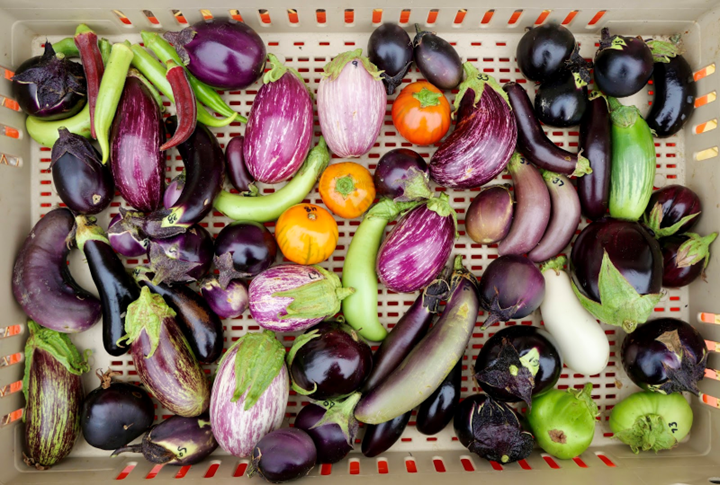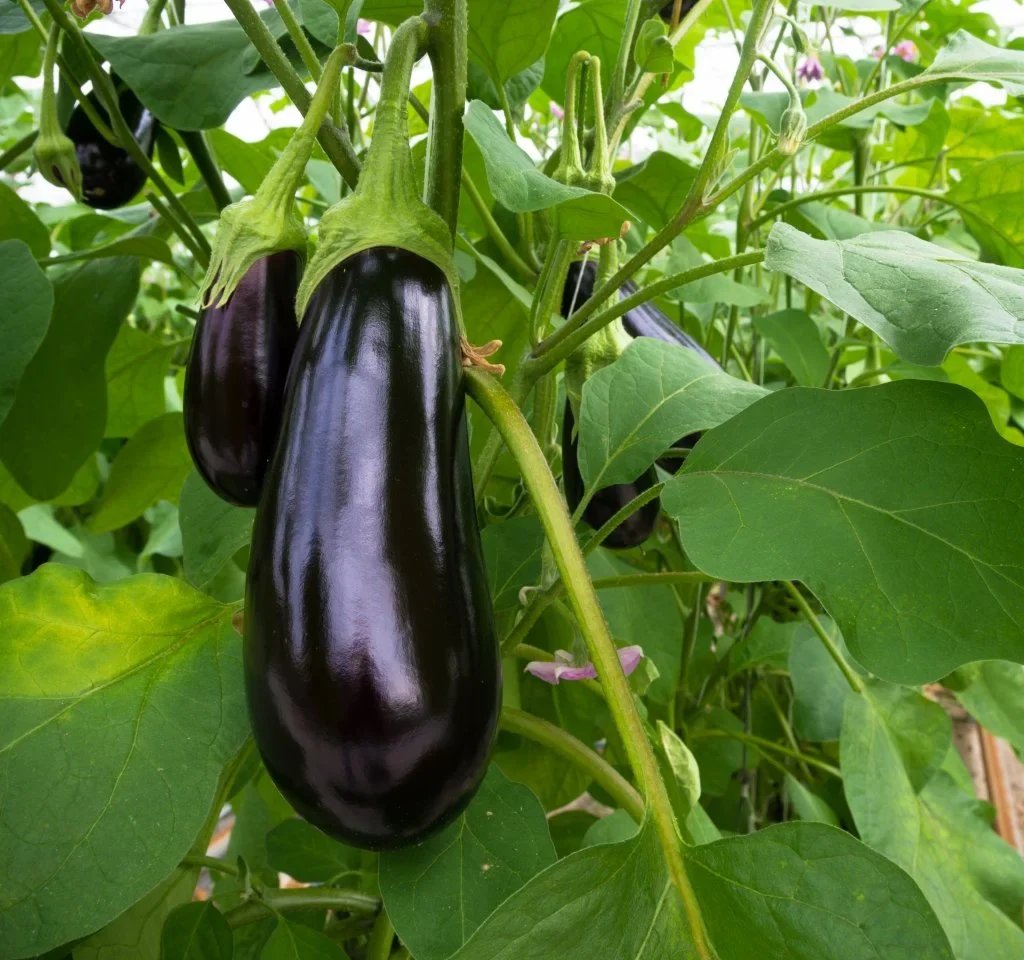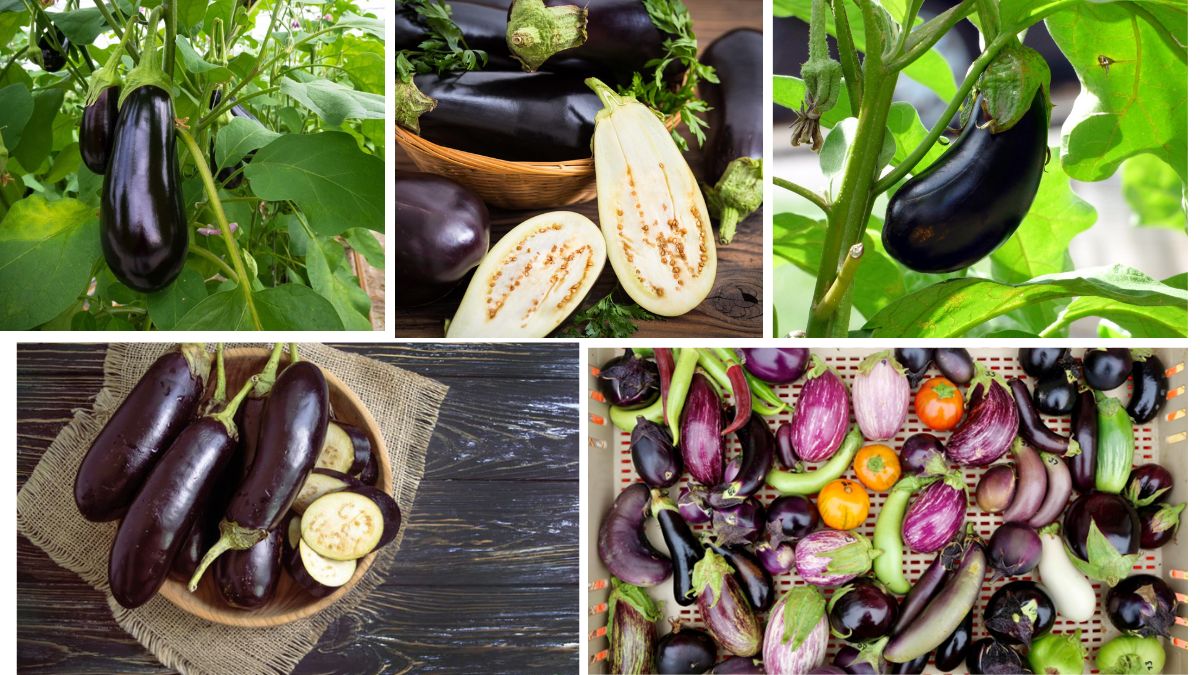Eggplant—also known as aubergine or brinjal—is a vital vegetable in global cuisine, praised for its rich flavor, versatility, and health benefits. From Mediterranean ratatouille to Indian baingan bharta and Middle Eastern baba ghanoush, eggplant holds a special place in countless dishes across cultures. But have you ever wondered which country leads the world in producing this glossy, purple crop?
As of the latest data provided by the Food and Agriculture Organization (FAO), the answer is clear: China is the largest producer of eggplant in the world by a significant margin. This article explores China’s dominance in eggplant production, the factors behind its leadership, comparisons with other major producers, and the global significance of this vibrant vegetable.
Global Overview of Eggplant Production

Eggplant (Solanum melongena) is cultivated in over 80 countries worldwide. It thrives in warm climates and is mainly grown in Asia, Africa, and parts of southern Europe. Globally, eggplant production exceeds 58 million metric tons annually, reflecting its importance as both a dietary staple and an economic crop.
Top 5 Eggplant Producing Countries (Approximate Annual Production):
- China – ~36 million metric tons
- India – ~13 million metric tons
- Egypt – ~1.2 million metric tons
- Turkey – ~900,000 metric tons
- Iran – ~800,000 metric tons
Together, China and India account for over 80% of the world’s eggplant output, making Asia the epicenter of global production.
China: The Unchallenged Leader in Eggplant Production

1. Production Scale and Statistics
According to FAO’s latest data, China produces over 36 million metric tons of eggplant annually, accounting for more than 60% of global production. This makes China not only the top producer but also the most efficient and consistent grower of eggplants in the world.
2. Key Eggplant-Producing Regions in China
The main provinces known for eggplant cultivation in China include:
- Shandong – A top agricultural hub producing a wide range of vegetables.
- Hebei – Known for greenhouse farming and innovation in vegetable yields.
- Henan and Hunan – These central provinces contribute significantly due to their favorable climate and fertile soil.
These regions benefit from modern agricultural practices, including controlled-environment agriculture and greenhouse production, which ensures year-round cultivation and supply.
3. Why Is China Leading?
Several factors contribute to China’s dominant position:
- Vast Arable Land – China dedicates a significant portion of its agricultural land to vegetable cultivation.
- Technological Advancements – Use of hybrid seeds, drip irrigation, and greenhouse farming techniques boosts yield and reduces crop losses.
- High Domestic Demand – Eggplant is a staple in Chinese cuisine, leading to strong domestic consumption.
- Government Support – Agricultural policies and subsidies help small and large-scale farmers invest in better inputs and technologies.
India: The Close Second

1. Production Overview
India ranks second in eggplant production with an estimated 13 million metric tons annually. Known locally as “baingan” or “brinjal,” it is a household vegetable in India, particularly in rural diets.
2. Major Producing States
- West Bengal – The leading producer in India.
- Odisha
- Bihar
- Maharashtra
- Andhra Pradesh
These states contribute significantly due to favorable climatic conditions and a long history of eggplant cultivation.
3. Challenges in India’s Eggplant Sector
Despite the high volume, India faces certain hurdles:
- Pest Problems – Particularly the brinjal fruit and shoot borer.
- Low Export Volume – Most production is for domestic use.
- Limited Mechanization – Many farms still rely on traditional methods.
Still, India’s role in global eggplant supply is crucial, especially in the Asian market.
Other Significant Eggplant Producers

1. Egypt
Egypt is the top eggplant producer in Africa and ranks third globally. Eggplant is widely grown in the Nile Delta region, and the crop plays a vital role in local diets and smallholder incomes.
2. Turkey
Turkey produces nearly 900,000 metric tons annually. Eggplant is a core ingredient in Turkish cuisine, and the country has well-established export links to Europe and the Middle East.
3. Iran
Iran has a deep-rooted tradition of eggplant usage in cuisine. The country cultivates several unique varieties, often used in roasted and stewed dishes.
Eggplant’s Economic and Nutritional Value

1. Economic Significance
Eggplant contributes significantly to the agricultural GDP of producing nations:
- China and India generate billions in revenue annually through the domestic vegetable market.
- It creates employment in both farming and supply chain sectors.
- Emerging export markets are helping smaller producers like Kenya, Nigeria, and Bangladesh increase their global footprint.
2. Nutritional Benefits
Eggplant is not just economically vital—it’s also nutritionally rich:
- Low in calories and high in fiber.
- Packed with antioxidants such as nasunin, which supports brain health.
- Contains vitamins B1, B6, and potassium.
Its ability to absorb flavors and adapt to various cooking styles also makes it highly desirable in both traditional and modern cuisine.
Eggplant Varieties and Global Trends
There are many types of eggplant grown globally:
- Chinese eggplants – Long, slender, and tender-skinned.
- Indian varieties – Smaller, rounder, and often grown for specific regional dishes.
- Italian eggplants – Plump and deep purple.
- Thai eggplants – Small, green, and used in curries.
Trend: Organic and Hybrid Cultivation
With increasing health awareness, demand for organic eggplants is rising. At the same time, hybrid varieties developed for pest resistance and higher yields are becoming popular, especially in China, the U.S., and Southeast Asia.
The Road Ahead: Challenges and Opportunities
Despite impressive production statistics, the eggplant sector faces challenges:
- Climate Change – Altered rainfall patterns and increased temperatures affect yields.
- Pesticide Residues – Particularly in India, concerns over food safety are growing.
- Post-Harvest Losses – Poor storage and transport infrastructure can lead to wastage.
However, technological innovation, government support, and market expansion offer bright prospects. For example:
- Biotech Brinjal (Bt Brinjal) in Bangladesh has shown promising results in reducing pesticide use and increasing yield.
- Smart farming techniques in China are revolutionizing productivity and sustainability.
Conclusion
In the world of eggplant production, China stands tall as the undisputed leader, thanks to its massive production capacity, advanced agricultural techniques, and strong domestic consumption. While India remains a significant contributor and consumer, China’s innovation and scale set it apart.
The global eggplant market will likely continue growing due to rising vegetarian and vegan diets, the crop’s nutritional benefits, and culinary diversity. As countries modernize their farming methods and invest in sustainable agriculture, eggplant will remain a centerpiece in both fields and kitchens around the globe.





